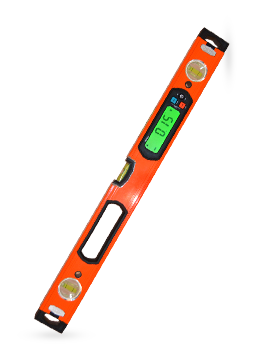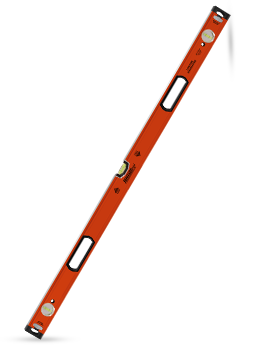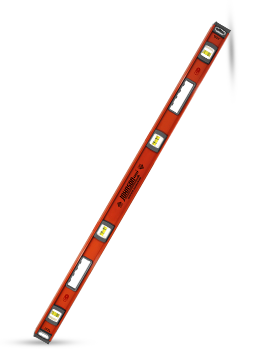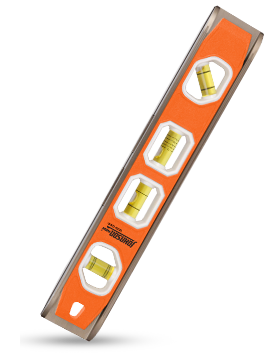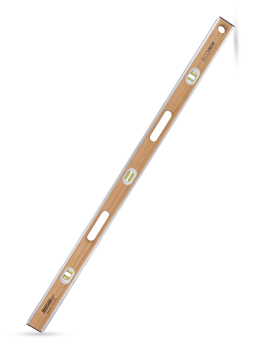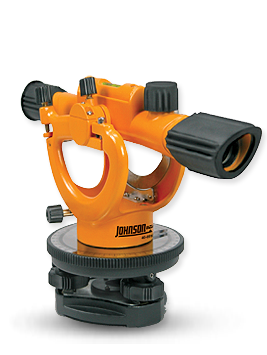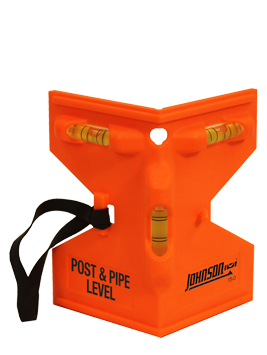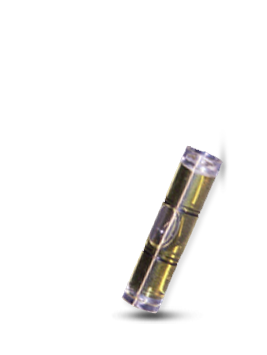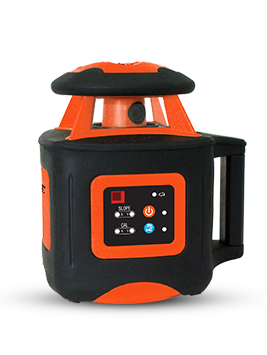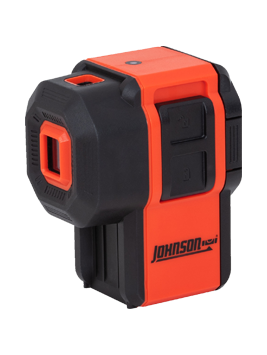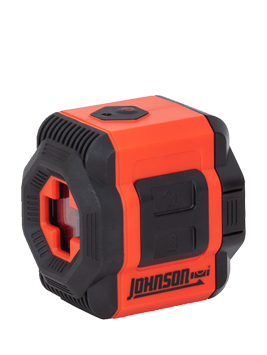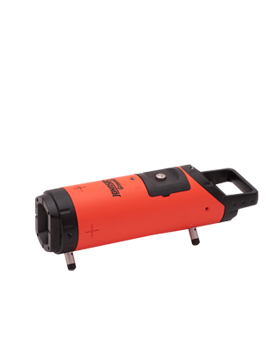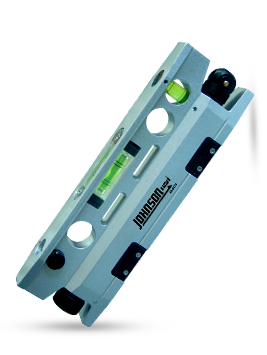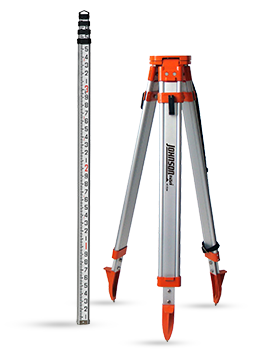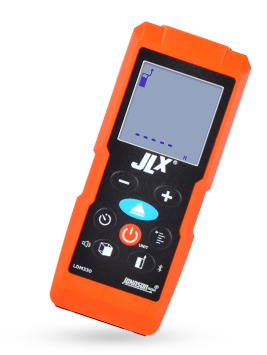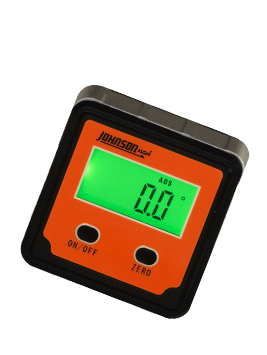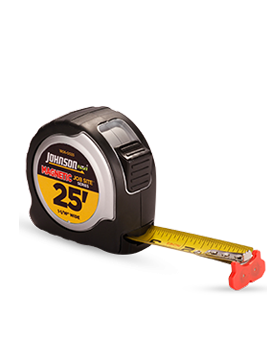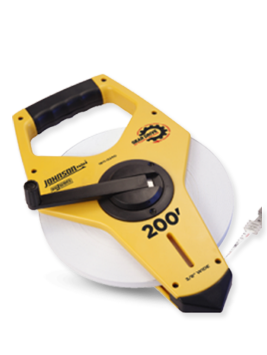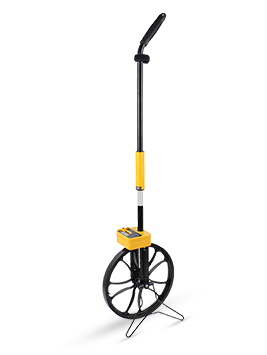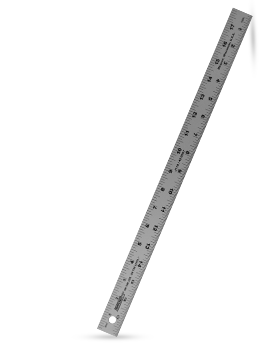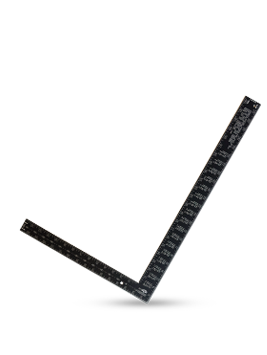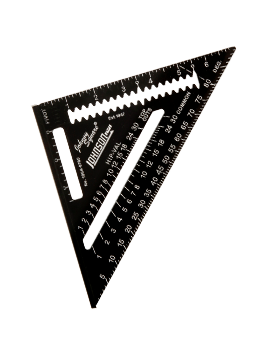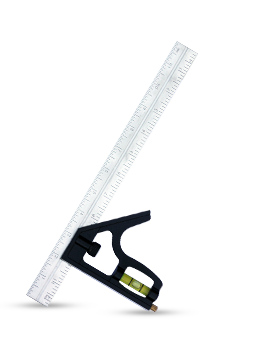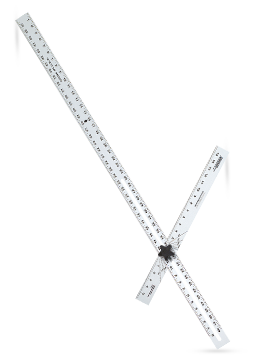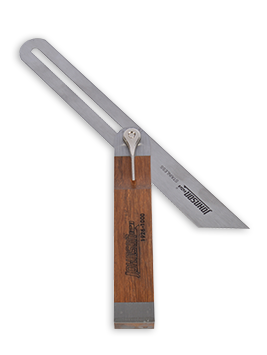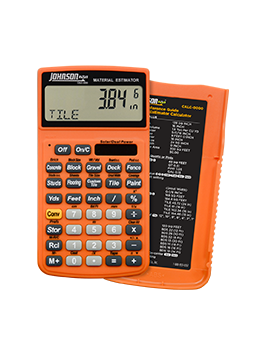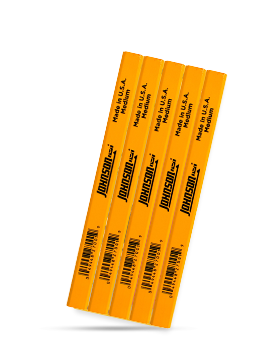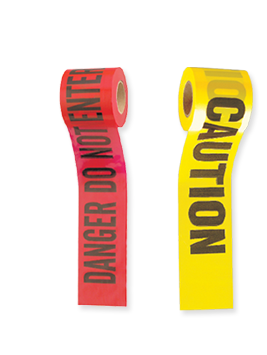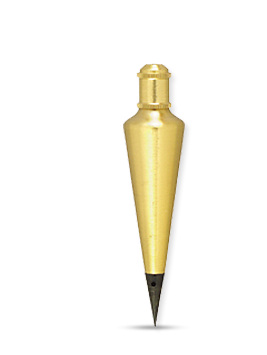Video: How to Find Level Using Automatic Level and Grade Rod
Setting Rails to Level for a Plasma Cutter
Johnson Level demonstrates using the 40-6926 26X automatic level on a construction jobsite to set rails for a movable plasma cutting table for high precision steel cuts at Wausau Steel.
VIDEO TRANSCRIPTHello, I'm Dave Statza, and I'm with Johnson Level. We're here today at Wausau Steel talking with Dan, who's setting these rails. Now Dan, exactly what are you doing here in this application? Dan: We're setting rails for a precision plasma machine, which also has a bell head built inside. Dave: I see Dan that you're using a grade rod and an optical instrument. What kind of tolerances are required to set these rails? Dan: We're looking for an overall tolerance of about 0.4 [degrees]. Dave: So they have to be pretty much dead nuts level. Very good. I imagine the rails need to be set level so that the head on the plasma machine doesn't occur any kind of error also. Dan: Yes. Any kind of imperfection in the rails will transfer to the product. How to Set Level for Rails Using an Automatic Level
Dave: When extreme accuracy is required, an automatic level sometimes is a better tool to use than a rotating laser. This optical instrument is accurate to 1/16" at 200 feet, whereas most rotating lasers are only accurate to 1/16" at 100 feet. By taking a short shot of only 15-20 feet, we're eliminating any type of error that could be held with a rotating laser. |
